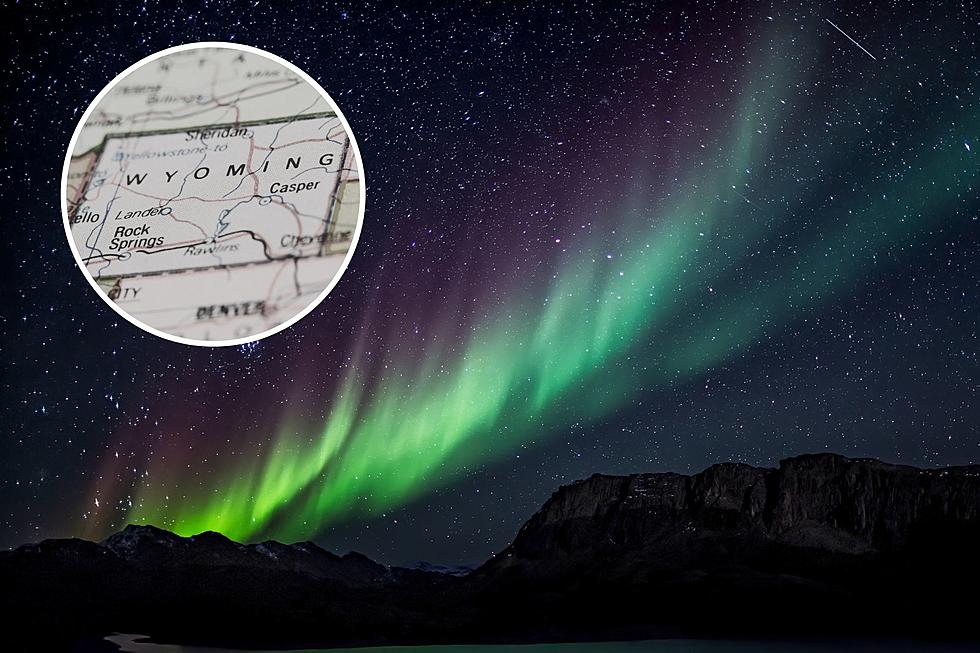
Aurora Forecast Shifts: No Chance of Wyoming Views on Thursday
Cancel your Northern Lights plans, Wyoming. Sadly, the latest forecast by the Geophysical Institute at the University of Alaska Fairbanks shows no chance of aurora views this Thursday.
On Sunday, July 9, an article by Times Magazine indicated that the aurora borealis could reach as far south as Wyoming. Their data came from the 27-Day Forecast by the Geophysical Institute, which monitors aurora forecasts.
Ever the astronomy fan, I've been monitoring the forecast. The last thing I'd want is to step outside on Thursday and find I've waited for an aurora that wouldn't show. Forecasts change, after all. Alas, it seems that is the case.
As of today, July 11, the Geophysical Institute's aurora forecast tracker shows the solar show will only reach as far south as Billings, Montana, and portions of South Dakota.
Why Did the Aurora Borealis Forecast Change?
The KP index, which measures the strength of the aurora, has altered from its previous forecast of 6 (recorded on Sunday, July 9) to a 4 for Thursday.
What does this mean for Wyoming's chances of viewing the aurora? Sadly, it means the aurora isn't strong enough to radiate as far south as our skies. Only intense auroras - indicated by a KP value of 5 or higher - can appear in Wyoming skies, particularly those of the state's most southern region near Cheyenne.
How Accurate Is an Aurora Prediction?
Predicting the Northern Lights is a form of space weather. We Wyomingites know how fickle weather can be, and just like the weekly rain forecast, space weather forecasts can change. The Geophysical Institute explains that "observing the sun and predicting perturbations in the solar wind resulting from events taking place on the sun (such as flares or coronal mass ejections) provides information a few days before possible auroral displays."
Is There a Chance the Aurora Forecast Will Change Again?
Scientists make space weather predictions with "less confidence than they predict regular weather," according to the Geophysical Institute. The chances of the aurora forecast for the week continuing to evolve are high. Still, based on current calculations (see them here), it's unlikely the forecast will change to include Wyoming skies again.
When the forecast is three days out from a given date, the forecast becomes more accurate. The institute explains on its aurora forecast page that technology monitors eruptions of aurora-generating materials from the sun - which takes about one to three days to reach the Earth. "This allows good forecasts to be made on these look-ahead time scales, based on events and conditions observed on the sun."
For more information on the aurora borealis predictions, visit the University of Alaska at Fairbank's Geophysical Institute webpage here.

